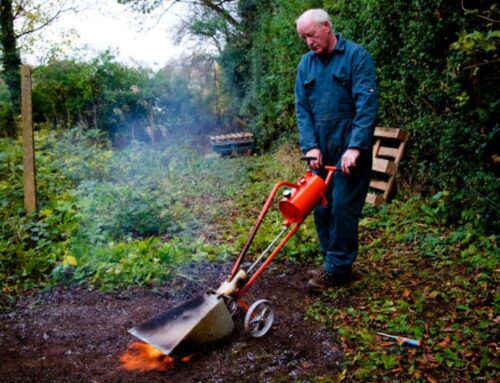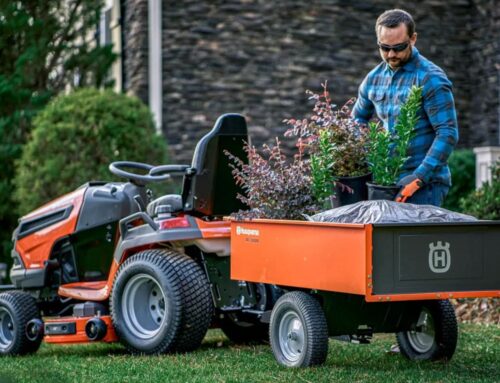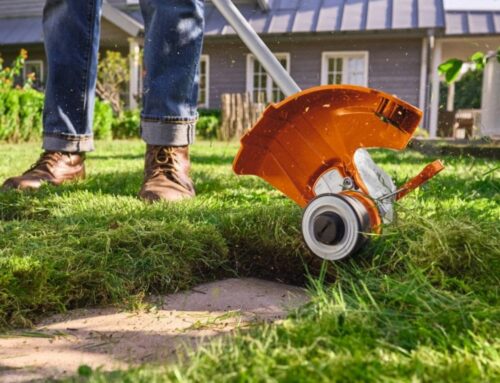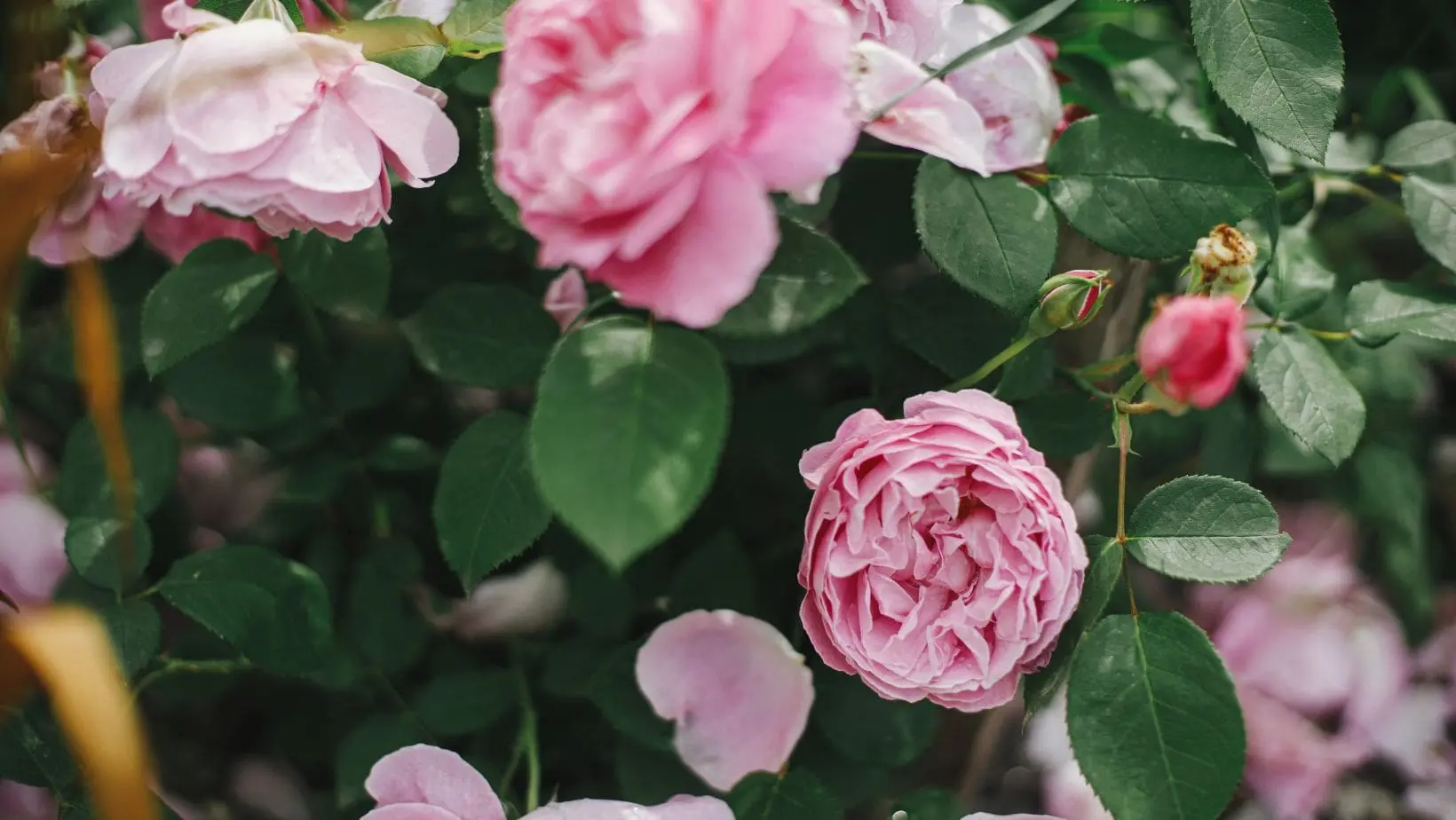
TLDR: Protect plants in heatwaves by deep morning watering or drip irrigation, mulching, shading containers and beds, postponing pruning/fertilising, prioritising young plants, removing weeds, positioning drought-tolerant and companion plants strategically, and ventilating/shading greenhouses.
10 Smart Ways to Protect Your Plants from a Heatwave
During heatwaves, your garden plants face mounting challenges. Even the most robust perennials and resilient veggies can struggle under prolonged exposure to the searing sun and parched soil. If you’re a budding gardener, knowing how to keep your plants cool and hydrated will help them remain healthy through these difficult times.
Here, we explain 10 of the most effective ways you can protect your plants from extreme heat. Following these practical steps really can make all the difference when the mercury rises, so if you want to see your plants prosper, this summer and beyond, please read on…
1) Water Deeply and Strategically
One of the most effective ways to help your plants withstand excessive heat is to water them deeply rather than frequently. Light surface watering might appear helpful, but it evaporates quickly and encourages shallow root growth, making plants more vulnerable in the long run.
 Instead, aim to saturate the soil thoroughly when you water—allowing the moisture to soak deep into the ground where roots can access it for longer. And only water when the soil is dry because overwatering can lead to serious problems of its own, including root rot.
Instead, aim to saturate the soil thoroughly when you water—allowing the moisture to soak deep into the ground where roots can access it for longer. And only water when the soil is dry because overwatering can lead to serious problems of its own, including root rot.
The best time to water plants is early in the morning, before the sun reaches its peak. This gives them a solid reserve of moisture to draw on throughout the day, while minimising water loss through evaporation. Failing this, water once the sun has gone down.
If you struggle to find the time to water consistently or are away during the week, installing a drip irrigation system is a great idea. These systems deliver water directly to the root zone at a controlled rate, conserving water while improving plant hydration.
2) Add a Layer of Mulch
 Mulch is your garden’s natural shield against extreme temperatures. Applied correctly, a 5–8 cm (2–3 inch) layer of organic mulch—such as bark chips, straw, shredded leaves, or compost—acts as insulation, keeping the soil cooler while locking in moisture.
Mulch is your garden’s natural shield against extreme temperatures. Applied correctly, a 5–8 cm (2–3 inch) layer of organic mulch—such as bark chips, straw, shredded leaves, or compost—acts as insulation, keeping the soil cooler while locking in moisture.
It also reduces evaporation, minimises weed competition, and adds nutrients back into the soil as it decomposes. Just be careful not to pile mulch right up against stems or trunks, as this can lead to rot and fungal issues. Leave a small gap for airflow and moisture control.
As an added bonus, mulched beds often look neater and more cohesive—a small win when you’re sweating through summer garden maintenance.
3) Move Container Plants Into the Shade
 Potted plants are particularly vulnerable in hot weather. Their limited soil volume heats up faster, and the pots themselves can absorb and retain heat—especially darker-coloured or plastic containers. The solution? Give them some mobility.
Potted plants are particularly vulnerable in hot weather. Their limited soil volume heats up faster, and the pots themselves can absorb and retain heat—especially darker-coloured or plastic containers. The solution? Give them some mobility.
If your containers are manageable in size, move them to shaded areas such as patios, under trees, or along the east side of a fence or building. This gives them a break from the harsh afternoon sun while still allowing some morning light. For larger pots, consider placing them on rolling stands so you can reposition them as the sun moves throughout the day.
Switching to lighter-coloured or ceramic containers can also help reduce soil temperature. If repotting isn’t an option, consider wrapping containers with reflective material or a layer of insulation to deflect some of the heat.
4) Provide Temporary Shade for Vulnerable Areas
 In times of intense sun, even heat-tolerant plants can benefit from a bit of shelter. A simple but highly effective strategy is to provide temporary shade using items you already have at home.
In times of intense sun, even heat-tolerant plants can benefit from a bit of shelter. A simple but highly effective strategy is to provide temporary shade using items you already have at home.
Old bedsheets, parasols, or shade cloths suspended over garden beds with bamboo stakes can offer much-needed relief when the temperature is at its hottest. Be sure to angle or space the material so that light is filtered—not completely blocked—and air can still circulate freely.
For smaller or individual plants, garden umbrellas or upturned baskets draped with cloth can provide targeted protection.
5) Be Cautious with Pruning and Fertilising
 Extreme heat is not the time for heavy-handed gardening. Pruning, transplanting, or fertilising during a heatwave adds unnecessary stress to already struggling plants.
Extreme heat is not the time for heavy-handed gardening. Pruning, transplanting, or fertilising during a heatwave adds unnecessary stress to already struggling plants.
Pruning encourages new growth, which is particularly sensitive to sun damage and requires extra water to sustain. Fertilisers, meanwhile, stimulate growth spurts that divert energy from a plant’s survival mechanisms—making them even more vulnerable.
Instead, hold off on major garden tasks until temperatures settle. If leaves or flowers are badly scorched, you can trim away the dead material to improve airflow and redirect energy—but do so sparingly.
6) Prioritise Young or Vulnerable Plants
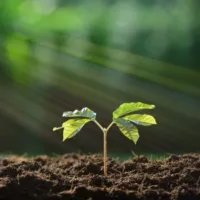 Seedlings, young transplants, and shallow-rooted species are especially at risk during hot weather. Their underdeveloped root systems struggle to access deeper moisture, and their leaves are often more delicate and prone to wilting or scorching.
Seedlings, young transplants, and shallow-rooted species are especially at risk during hot weather. Their underdeveloped root systems struggle to access deeper moisture, and their leaves are often more delicate and prone to wilting or scorching.
To keep them safe, focus your attention on these sensitive plants first. Use shade covers or place them beneath larger, more established plants to benefit from a natural canopy. Regular deep watering and mulching are vital, and keeping an eye on them throughout the day will help you act fast if signs of stress appear.
If your time or water supply is limited, it’s wise to prioritise these younger plants over more mature, well-established ones during heatwaves.
7) Reduce Weed Competition
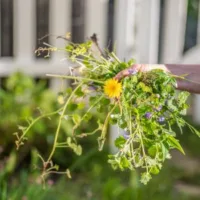 Weeds aren’t just unsightly—they hog resources. In periods of extreme heat, they compete with your garden plants for water, nutrients, and space. By keeping on top of weeding, you ensure that every drop of moisture goes where it’s needed most.
Weeds aren’t just unsightly—they hog resources. In periods of extreme heat, they compete with your garden plants for water, nutrients, and space. By keeping on top of weeding, you ensure that every drop of moisture goes where it’s needed most.
Pull weeds from the root early in the morning or in the evening when it’s cooler. If you can’t get to them all at once, focus on areas closest to young plants or newly established beds. A thick layer of mulch, as mentioned earlier, will also suppress weed growth and save you time further on down the line.
Remember, weeding during a heatwave isn’t just maintenance—it’s damage prevention.
8) Choose and Position Plants Wisely
 If you’re redesigning parts of your garden or planting new beds, it pays to plan with heat in mind. Understanding how sunlight moves through your outdoor space allows you to position plants where they’ll thrive even during the hottest months.
If you’re redesigning parts of your garden or planting new beds, it pays to plan with heat in mind. Understanding how sunlight moves through your outdoor space allows you to position plants where they’ll thrive even during the hottest months.
Aim to place heat-sensitive varieties where they receive morning sun but are shielded from harsh afternoon rays—typically in east-facing spots or under the light dappled shade of trees or taller shrubs. Planting more drought-tolerant species in sun-soaked areas ensures that you’re playing to each plant’s strengths.
It’s also worth choosing native or well-adapted plants whenever possible. These species are often more resilient to local weather patterns, including the occasional heatwave.
9) Use Plant Companions for Shade
 Strategic planting doesn’t just involve spacing and sunlight—it can also mean enlisting your plants to protect one another. Tall, robust crops like sunflowers, or climbing plants on trellises, can act as living umbrellas for smaller, shade-loving companions beneath.
Strategic planting doesn’t just involve spacing and sunlight—it can also mean enlisting your plants to protect one another. Tall, robust crops like sunflowers, or climbing plants on trellises, can act as living umbrellas for smaller, shade-loving companions beneath.
Ground cover plants can reduce soil temperature and preserve moisture. Creeping thyme, alyssum, or other low-growing plants help protect the soil surface and prevent evaporation.
Creating microclimates in this way can dramatically improve your garden’s heat resilience while also adding texture, diversity, and natural beauty to your planting scheme.
10) Keep Your Greenhouse Cool
Greenhouses are essential for extending the growing season, but they can quickly become ovens in heatwaves if not managed correctly. Even the hardiest greenhouse crops will suffer if air circulation and shading are neglected.
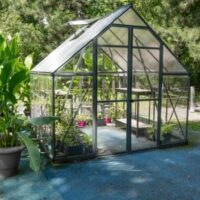 Start by ensuring your greenhouse has effective ventilation. Roof vents and side louvres should be kept open during hot periods, and fans can be used to improve airflow. Automatic vent openers are a worthwhile investment for hands-free temperature control.
Start by ensuring your greenhouse has effective ventilation. Roof vents and side louvres should be kept open during hot periods, and fans can be used to improve airflow. Automatic vent openers are a worthwhile investment for hands-free temperature control.
Use internal or external shading—like blinds, netting, or greenhouse shading paint—to block some of the sun’s intensity. Adding a misting system or lightly spraying the floor can also help lower the temperature by increasing humidity.
Be sure to water greenhouse plants in the early morning or evening, targeting the base of the plants. Keep an eye on temperature and humidity monitors to make quick adjustments before conditions become extreme.
Ride Out Heatwaves by Gardening Smarter, Not Harder
 Heatwaves are starting to become an inevitable part of British summers, but they don’t have to spell disaster for your plants. With a little planning, careful observation, and some strategic gardening, your plants can thrive even in the face of soaring temperatures.
Heatwaves are starting to become an inevitable part of British summers, but they don’t have to spell disaster for your plants. With a little planning, careful observation, and some strategic gardening, your plants can thrive even in the face of soaring temperatures.
Whether you’re laying mulch, shifting containers, or rethinking what you grow, each small action can have a big impact on your garden’s ability to survive—and flourish—through the heat.
Keep your watering consistent, provide shade when needed, and stay attuned to the signs of stress. With these 10 techniques in your gardening toolkit, you’ll be well-equipped to handle whatever this summer—and those to come—throw your way.


